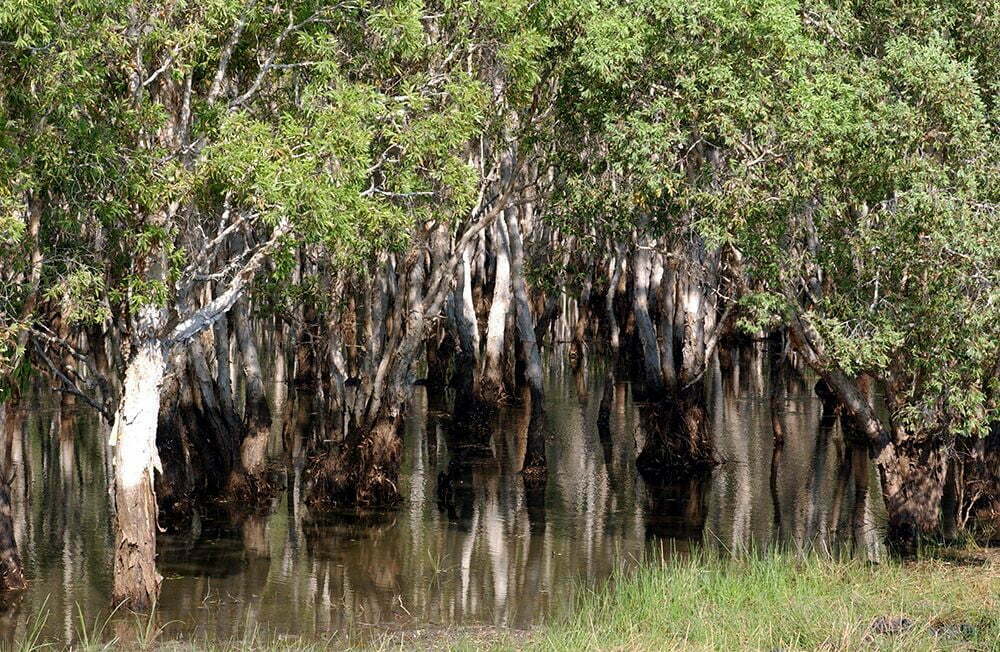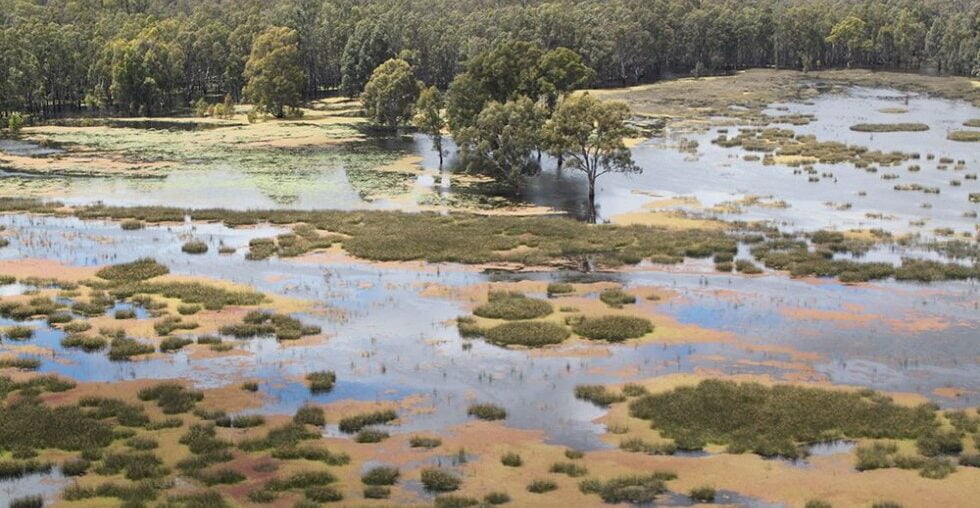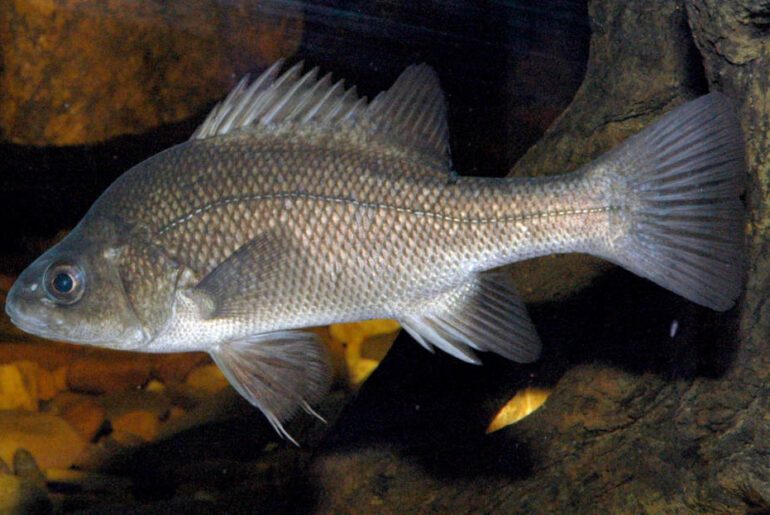Passage between the river channel and its floodplain (or ‘lateral movement’) is very important for native fish, as some species use these areas for spawning, feeding and recruitment. One of the largest floodplain areas within the Murray-Darling Basin (MDB), is the Barmah-Millewa Forest, located between Tocumwal, Deniliquin and Echuca. Regulators were originally installed in the Barmah-Millewa Forest to keep water out during the irrigation season, however, such regulators are now thought to restrict the lateral movements of native fish. Understanding the effects of regulators and their operation, and varying environmental conditions (flow and temperature) on river-floodplain movements, may provide useful information to help manage floodplain regulators suitably to minimise outcomes for native fish.

This project aimed to investigate the lateral movements of native fish during normal river discharges, and during an environmental water allocations, to determine the impact of regulators on native fish movements in the Barmah-Millewa Forest. A number of techniques were used to monitor fish movement including, radio-telemetry, t-bar tagging, boat electrofishing and netting.
Findings:
Results suggest that movement between the Murray River and forest creeks occurs on a regular basis in unregulated parts of the Barmah-Millewa Forest. Fish generally respond to changes in flow by moving into forest creeks on rising flows and returning on falling flows.
In regulated systems, fish generally approached the regulator on falling flows. These fish were presumably trying to return to the Murray River like fish in unregulated creeks, but were being stranded upstream due to the regulators blocking their passage. Movements back to the Murray River were only possible for a few large-bodied individuals during flood conditions when regulators were drowned-out, and water velocities and turbulence reduced to the extent that fish could escape.

Rising water levels associated with the environmental water allocation induced fish to move into forest creeks. Results indicated that fish remain in forest creeks for as long as they are inundated to spawn and feed. Modelled data suggest that without the environmental water allocation, flows would have dipped below bankfull several times in late 2005. Based on previous movements, this would most likely have resulted in fish leaving forest creeks, possibly interrupting feeding and/or spawning activities.
Key messages:
Results from this project will be used to guide the use of off channel regulators to facilitate movement of native fish to and from off-channel habitats to promote spawning and reduce the likelihood of fish being stranded in drying off channel habitats. The results of this project will also provide information for better targeting of environmental water releases for native fish.
Read the full report here: Jones, M. (2006). Effects of Environmental Flow Allocations on the lateral movements of native fish in the Barmah-Millewa Forest. Final report to the Murray-Darling Basin Commission. Arthur Rylah Institute for Environmental Research.



